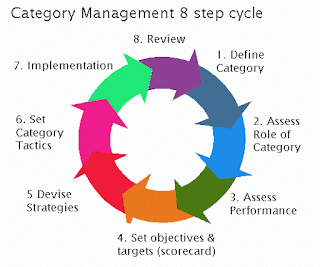Modern Trade in the Philippines - Potential Market for Small and Medium Size Enterprises (SMSEs)
Decades ago there was no Modern Trade channel in the Philippines to speak off. The biggest retail channel for consumer goods was the Traditional Trade, composed of "mom and pop type" of stores (sari-sari stores), wet market stalls and grocery stores. Modern Trade stores such as supermarket, hypermarket and convenience stores were relatively few. In the nineties, supermarkets like SM, Robinsons and Puregold slowly opened new branches. Other modern trade retail stores like the convenience stores followed suit. In year 2000, when the Retail Trade Liberalization Act was passed as a law, there was a sudden explosion of new branches, not only in Metro Manila but also in key cities and provinces nationwide. Today's retail giants SM, Robinsons and Puregold opened new stores in several formats in key cities and provinces in the Philippines. The big Philippine modern grocery chains deliberately expanded as head start over the entry of global retailers - Walm...

